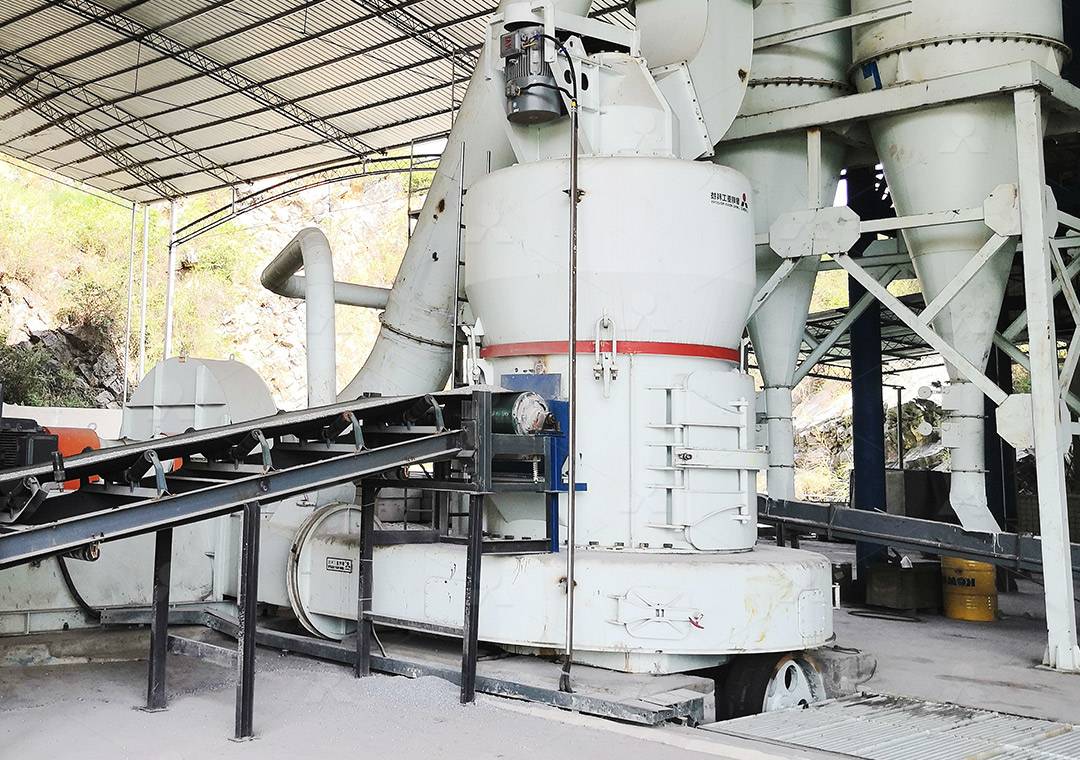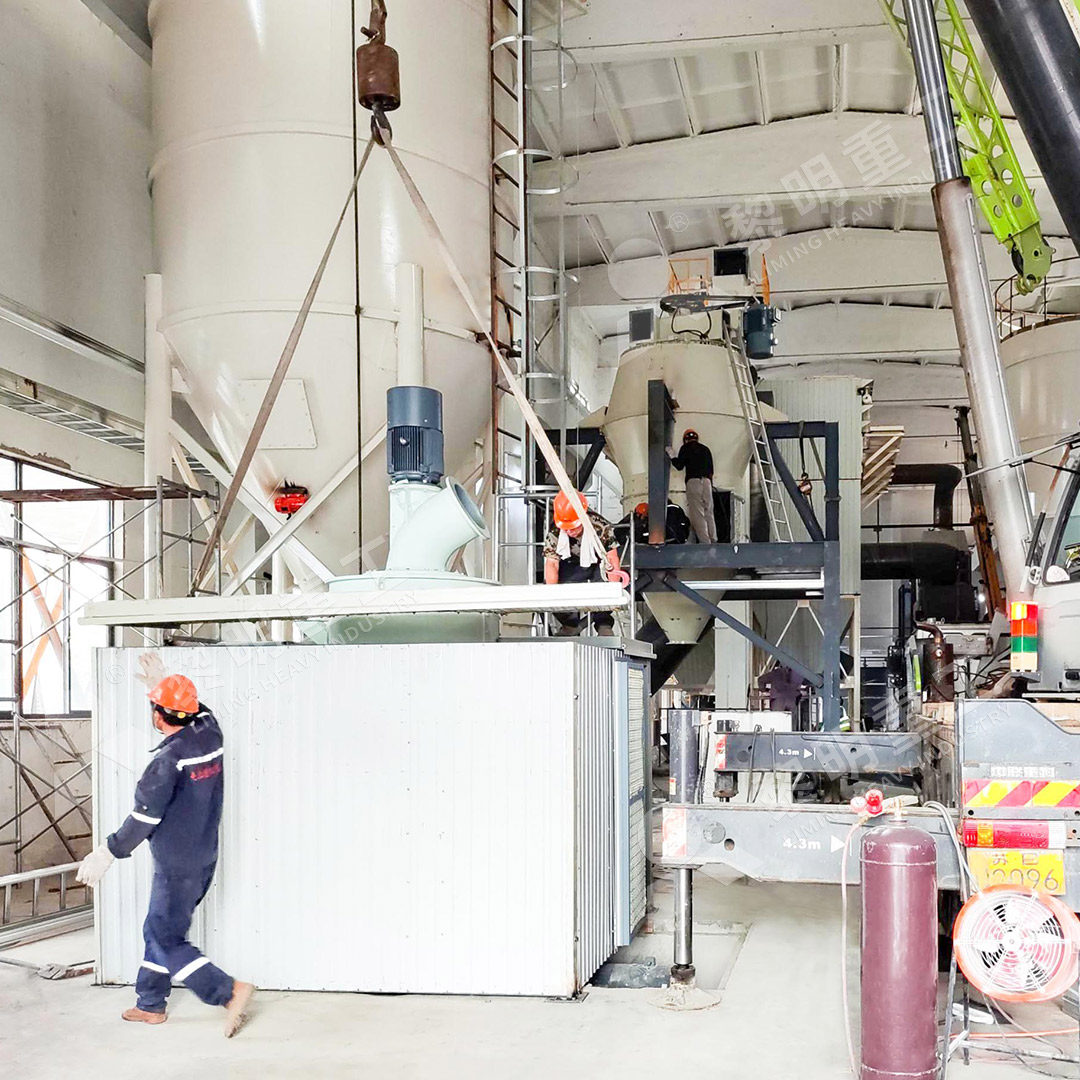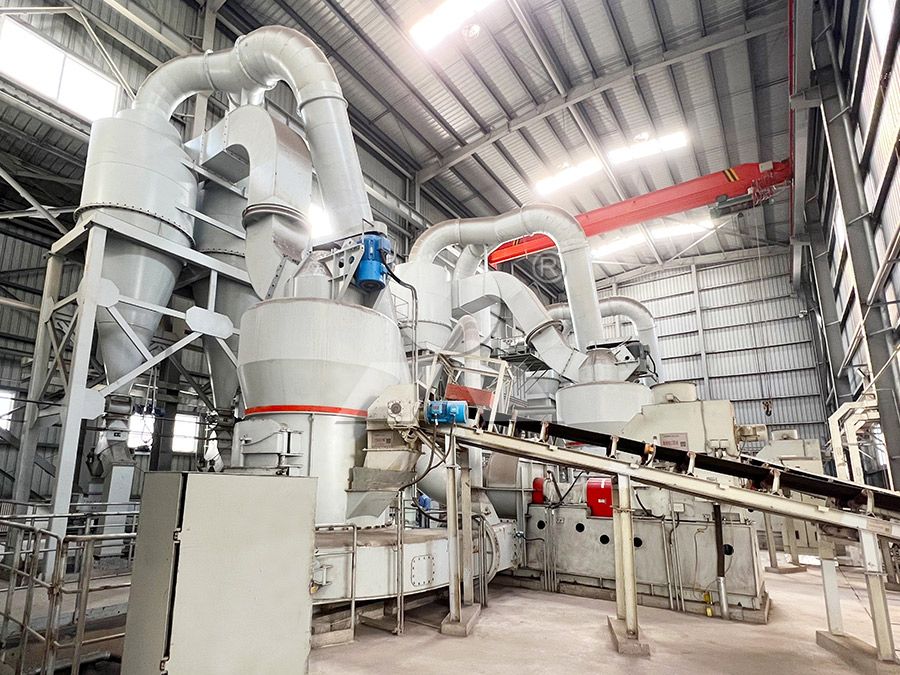3R/4R/5R Raymond Mill: A Complete Guide to Ultra-Fine Powder Grinding
Understanding Raymond Mill Technology for Fine Powder Production
For decades, Raymond Mill technology has been the backbone of fine powder processing across numerous industries. The classification of 3R, 4R, and 5R Raymond Mills refers to the number of grinding rollers installed within the machine – three, four, or five rollers respectively. This fundamental design has proven exceptionally effective for materials requiring fineness between 80-325 mesh, making these mills workhorses in mineral processing, construction materials, and chemical applications.

The traditional Raymond Mill operates on a relatively simple principle: materials are fed into the grinding chamber where rotating rollers compress against a grinding ring, crushing the raw material into fine powder. A built-in classifier then separates particles by size, returning oversized material for regrinding while allowing properly sized powder to proceed to collection. This closed-circuit system ensures consistent product quality and efficient operation.
When Traditional Raymond Mill Meets Modern Requirements
While 3R/4R/5R Raymond Mills excel at many grinding tasks, today’s industries increasingly demand finer powders, higher production rates, and more environmentally friendly operations. This is where advanced grinding technologies demonstrate their superiority. For operations requiring ultra-fine powder in the range of 325-2500 meshes, traditional Raymond Mills face limitations in both efficiency and final product fineness.
Advanced Alternatives for Ultra-Fine Grinding Applications
For customers seeking to produce ultra-fine powders beyond the capabilities of standard Raymond Mills, we proudly recommend our MW Ultrafine Grinding Mill. This advanced system represents a significant technological leap forward, specifically engineered for customers requiring superior fineness control and higher production efficiency.
The MW Ultrafine Grinding Mill handles input sizes of 0-20 mm with capacities ranging from 0.5 to 25 tph, making it suitable for various production scales. What truly sets this equipment apart is its ability to produce powders between 325-2500 meshes with remarkable precision, achieving screening rates of d97≤5μm in a single pass. The innovative cage-type powder selector, incorporating German technology, provides unprecedented control over particle size distribution.

Key Advantages in Modern Powder Processing
Beyond its impressive fineness capabilities, the MW Ultrafine Grinding Mill delivers substantial operational benefits. The complete absence of rolling bearings and screws within the grinding chamber eliminates common failure points and concerns about bearing damage or loose fasteners causing equipment failure. External lubrication capability allows for maintenance without shutdowns, supporting continuous 24-hour operation that maximizes productivity.
Environmental considerations are thoroughly addressed through integrated pulse dust collection and noise reduction systems. The efficient pulse dust collector ensures no dust pollution during operation, while silencers and noise elimination rooms maintain workplace comfort and regulatory compliance. These features demonstrate how modern grinding technology can achieve production goals while respecting environmental standards.
Selecting the Right Equipment for Your Application
When evaluating grinding equipment, consider both your current needs and future requirements. Traditional 3R/4R/5R Raymond Mills remain excellent choices for applications requiring fineness up to 325 mesh, particularly when operating budgets are constrained. However, for operations demanding finer powders, higher throughput, or more advanced environmental controls, the MW Ultrafine Grinding Mill offers compelling advantages that can significantly impact your bottom line through reduced energy consumption, higher yields, and minimal downtime.
The MW series demonstrates particular strength in processing materials including limestone, calcite, dolomite, petroleum coal, gypsum, barite, marble, talc, and various chemical industry materials for applications in paint, cosmetics, medicine, and food additives. Its higher yielding capacity at lower energy consumption – reportedly 40% higher production capacity than jet grinding mills with only 30% of the energy consumption – makes it an economically sound choice for forward-thinking operations.

Frequently Asked Questions
What is the main difference between 3R, 4R and 5R Raymond Mills?
The primary distinction lies in the number of grinding rollers – 3, 4, or 5 respectively. More rollers typically provide greater grinding force and capacity, but also require more power. The choice depends on your specific material hardness and production requirements.
Can Raymond Mills produce ultra-fine powder below 325 mesh?
Traditional Raymond Mills are generally limited to 80-325 mesh fineness. For finer powders up to 2500 meshes, advanced systems like the MW Ultrafine Grinding Mill are specifically designed with sophisticated classification technology to achieve these specifications.
What maintenance advantages does the MW Ultrafine Grinding Mill offer?
The absence of rolling bearings and screws in the grinding chamber eliminates common failure points. External lubrication capability enables maintenance without shutdowns, and the robust design prevents issues from loose fasteners that can plague traditional designs.
How does the MW Ultrafine Grinding Mill achieve better energy efficiency?
Through optimized grinding curves of the roller and ring, advanced powder selection technology, and streamlined material flow paths, the MW series achieves significantly higher production capacity with lower energy consumption compared to traditional grinding systems.
What environmental features are incorporated in modern grinding mills?
Contemporary designs like the MW Ultrafine Grinding Mill include integrated pulse dust collectors that prevent dust pollution, along with silencers and noise elimination rooms to reduce operational noise, ensuring compliance with environmental regulations.
